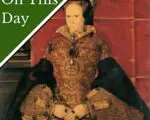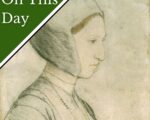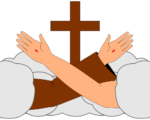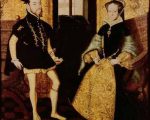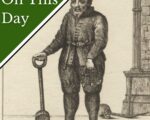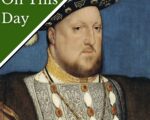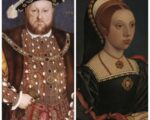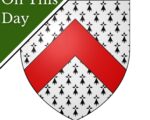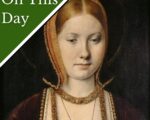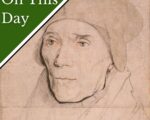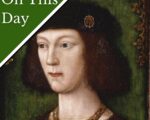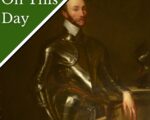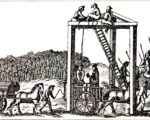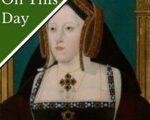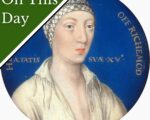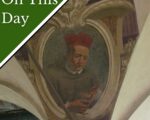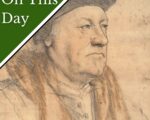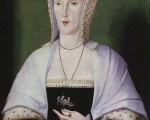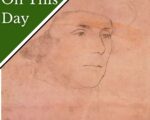On this day in history, 29th June 1613, in the reign of King James I, the Elizabethan playhouse, the Globe Theatre burned to the ground.
The Globe, which had been built on Bankside in London in 1599 by the Lord Chamberlain’s Men, William Shakespeare’s playing company, sadly perished due to a cannon misfiring and setting fire to the wooden beams and thatching during a performance of Shakespeare’s “Henry VIII”.
It was rebuilt in 1614 but closed in 1642 and was demolished in 1644/5.
In 1987, American director and actor, Sam Wanamaker, built a replica of the theatre, using records from 1599 and 1614, as a memorial to the original globe. Visitors today can enjoy its exhibition, which brings bring the Elizabethan world of Shakespeare to life, or watch a play there.
Here’s a video from our archives with some photos I took when I visited The Globe a few years ago:
[Read More...]
